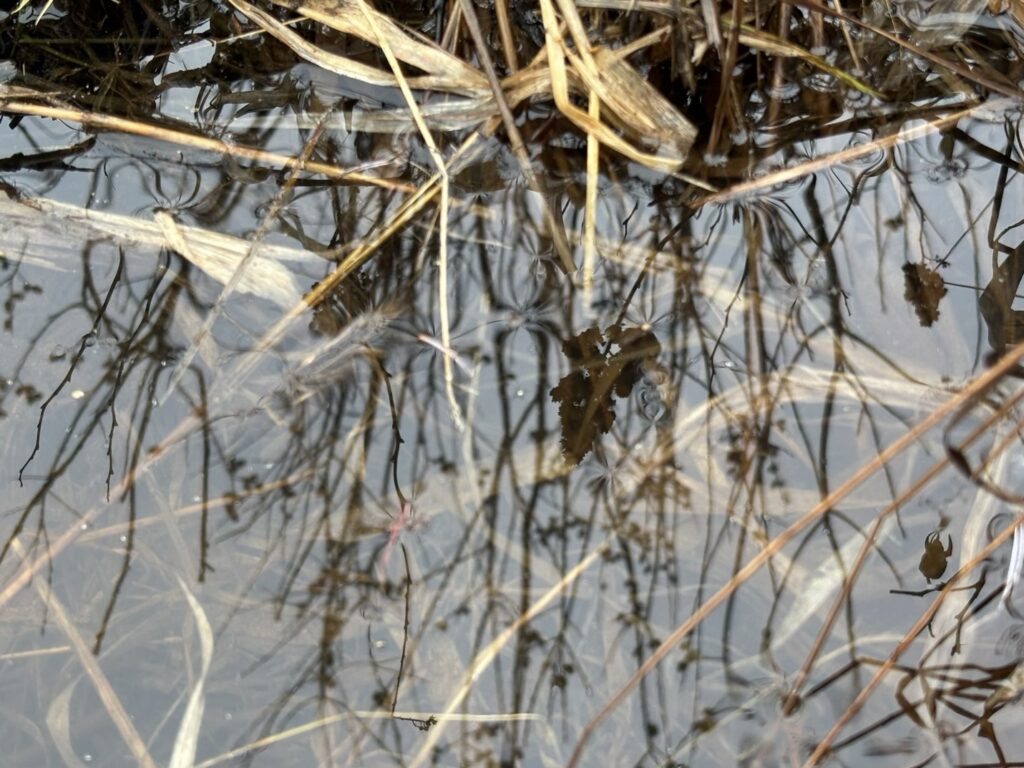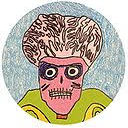- Bob Bickford
- Michael Murray
- David Barry
- P.D. Cardoza
- Robin Gadient
- Yael Friedman
- Kay Murcer
- Corey Hardeman
- Bart Gazzola
- Donnez Cardoza & Bob Bickford
- Chris Robinson
- Kathryn McLeod
- Roberta Rainwater
- Jon Flick
- Clayton Texas East
- Winnie Ramsdell
- Lisa McIvor
- Dale Synnett-Caron
- Lynsey Howell
- Susan Birchenall Gates
- Michael Murray
Corey Hardeman
Prince George, British Columbia, Canada
Field Notes

A Normal Spring
I am not exactly sure when I started taking pictures every day, but it must be coming up on a year now. Nothing fancy, I am not a photographer, I am just a middle aged woman with a couple of dogs and a rented house on the edge of a forest, a woman who walks in that forest every day and who sees the world she loves being swallowed up by low density housing, by pipelines and infrastructure, by fire. A woman who tells the trees to be careful, who makes promises she can’t possibly keep to the bears and the moose and the red backed voles, promises to protect, to avenge, to nourish, to grieve, to hope, to love, to remember and remember and endlessly remember, even though each spring as the snow melts she has to learn the names of each new green shoot again, names she knew last summer and the summer before and will know again soon, no question. Bunchberry, heal-all, Oregon grape, lady slipper, paintbrush, fireweed, star moss, reindeer lichen. What else is there? I can’t remember, the snow is still lying over most of forest floor, wet and heavy and spangled with rabbit shit and desiccated rosehips and the needles of the subalpine fir. I will remember soon, it will come back to me, the lupines and those little pale purple flowers that look like tiny stars, it will bubble up through my consciousness like the wood frogs waking up under the winter mud. Forget me not, sweet clover, the invasive hawkweed the bees and I love in spite of ourselves. Spurge. Birch leaf spirea.
I started taking pictures because I had been thinking about what it means to be a witness to the end of the world. It used to sound histrionic to talk about apocalypse, but it doesn’t seem that way anymore. Two summers ago our northern city filled with starving bears pushed into town by drought and famine and fire. They slept nervously in our yards and broke our friends’ fences, one climbed our neighbours’ crab apple tree and gorged himself sleepy and one day that neighbour called conservation and two men shot that sleeping bear out of the neighbour’s crab apple tree with a tranquilizer dart and then, once he had collapsed against our shared fence, with a bullet. At the time I thought I’ll never get over this, and I am fairly sure still that I was right, I never will. And what could I do? I couldn’t wrestle the rifle away from the officer, I couldn’t throw my body between the bear and the bullet, I have children to raise and rent to pay.
I take pictures of the bark of trees, of the level of the snow pack and the evidence of animals. Blood in the coyotes’ urine says they’re in heat and rabbit fur in their scat says they’re eating alright, the shed hair of the moose and the occasional bloated tick lying turgid and appalling on the ice. I take pictures of meltwater and the willows gnawed by rabbits, of the bark of baby poplars turning suddenly green, the lungwort covering the dying birches. I record the day, the temperature, whether there is wind, what the sky is like, what animals we see. I compare them against one another- this winter was cold but we had not a single night below -40, and that’s not right. Last winter we got down to -48 for almost two weeks. Last winter we were still in drought though; this winter we had enough snow. This March was chilly and long, we had rain and we had snow, the nights were all below freezing and the ice stayed on the beaver pond. The bears were up earlier last year than this, and they were thin and scruffy. This year they look better but so far there’s less for them to eat. I notice it, I record it, I hope, each year, for one more year. For enough berries for the bears and enough flowers for the bees and enough cool nights and rainy days to keep the fires from our door. Hawk moth, painted lady, tiger swallowtail, red tailed bumble bee, paper wasp. Enough of a hook from which to hang another year’s threadbare hope.




Corey Hardeman
Born and raised in Halifax, Corey Hardeman has lived most of her adult life in British Columbia. She holds a BSc in Biology and has spent most of her life searching for ways to make a living gazing into tidal pools and forest canopies. For several years she lived off-grid in a hand built yurt, and made paintings in the brief intervals between tending to her four young children. Now that her children are larger and she’s traded her tent in the forest for solid walls, she paints all day and often marvels at the luxury of hot and cold running water.
